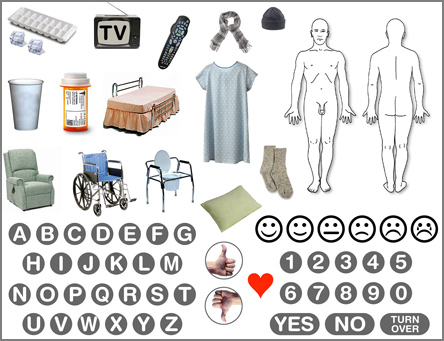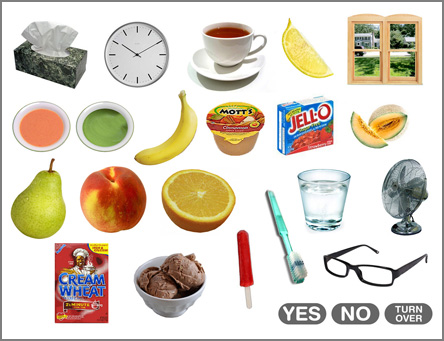Thursday, October 17th, 2013
[This article was originally written for the Association of American Publishers (AAP) PreK-12 Learning Group and can be found here.]

The publishing world has been on the edge of major change now for well over a decade. Digital media and all the different content delivery platforms are here to stay, and the traditional print model is being challenged in many ways publishers have wished to avoid. I find myself in discussions where the old adage “Video killed the radio star” keeps coming up. The reality however is that video didn’t really kill the radio star, but it did change the future of radio forever. The same is true today with interactive devices, tablets, and smart phones. Traditional publishing is now and forever changed as a result of digital.
I’ve worked in interactive product development for over 20 years now and put together a few thoughts about what is important to know in making the leap to digital. What “must-have” knowledge is important, and why? I offer you these top five observations.
Interactive media is different
That sounds obvious, but many publishers have difficulty in grasping the finer nuances of interactive media. Print media is largely a one-way conversation. Interactive media at its best draws in the user, as a participant, often times creating a two-way interactive conversation. Interactive content, the user interface, and the user experience are often different and unique for each user group or age. In print we may talk about the correct language level of the written word. In interactive there are usability considerations. In a nutshell passive media, like books, magazines, television, and movies, has a viewer; interactive media has a user.
Understand the strengths (and place) of engineers and executive editors
I’ve seen many a publisher hire a hot-shot engineer and relinquish all product development control to that person. The thinking is that “They should know how to make a successful product. They’re the engineer!” Unless that engineer has a great depth of experience in content, usability or instructional design, you are about to make the world’s worst interactive product. Related to this observation (and many people will hate what I have to share next, ) the same can be said about the executive editor. Editors often have a wealth of print and content experience and little to no interactive experience. This too is a common mistake, and one that really ruffles feathers at traditional publishers. There is a place for the editor, just as there is a place for the engineer, but knowing what talent works on what part of the project to make the best interactive learning experience is an effort in rethinking through the expertise of each member of your team. Traditional roles do not port to digital in a straight-forward way. Be prepared for some disruption.
Have a road map
The best interactive products have a development plan. Before a single line of code is written or pixel created in Photoshop a detailed plan is created that defines the product. Often times this road map for development is referred to as a design document, or design spec. Complex projects might also have a technical spec. These documents are not only helpful to bring an entire team up to speed about what exactly is being built, but they are also important documents for your quality assurance (or QA) testers. How will your development and QA team know when your product is actually done without a defined plan to compare against?
[Related article: Want to Make an App for Kids? — Getting Started]
Test your product
There are a few different ways to test an interactive product, and all approaches are invaluable. First off, the quality assurance part of a project is not a line item expense that can be eliminated. I have seen executives cross it right off of a product plan as an unnecessary expense. Many cost conscious publishers mistakenly decide that quality assurance testing need not be part of something they’re working on. While you may have absolute faith in the content portion of your product because your team knows content, the best software development teams rely on QA testing to help improve the finished product. Many a product fails within moments after its release due to sloppy development, or even simple innocent coding mistakes that should have been caught and corrected during the QA process.
Test with an audience
An even bigger oversight is not testing a product during development with the target audience. A common complaint I hear from educational product companies is that kids are so engaged by videogames and television that they can’t compete from an interest or engagement perspective in the classroom. Well, what is it that game developers and broadcasters do to help ensure that kids love their products? They test their products with their target audience! When have you ever heard of such a thing in the publishing world?! That’s crazy talk right? Well, as different media formats mature, it might not be such a crazy idea in the future to test your interactive product out with the target audience that will ultimately use them. User testing could be the new normal in publishing. Even if you think the idea of user testing is crazy, trust me, you will learn something. At very least you will learn new, invaluable ways to shape future products. I can guarantee it.
[Related article: Kid Testing and Facebook — What? Are You Crazy?!]
While there are additional points I could add, having an understanding with the above list is a great place to start. Shipping a quality product by traditional publishing means is always hard and takes a team years of experience to master. Shipping a quality interactive product that engages an audience in the digital world is also hard. Understanding the differences between old and new media types is essential for future product success, and providing a path to step confidently into the future of digital publishing.







